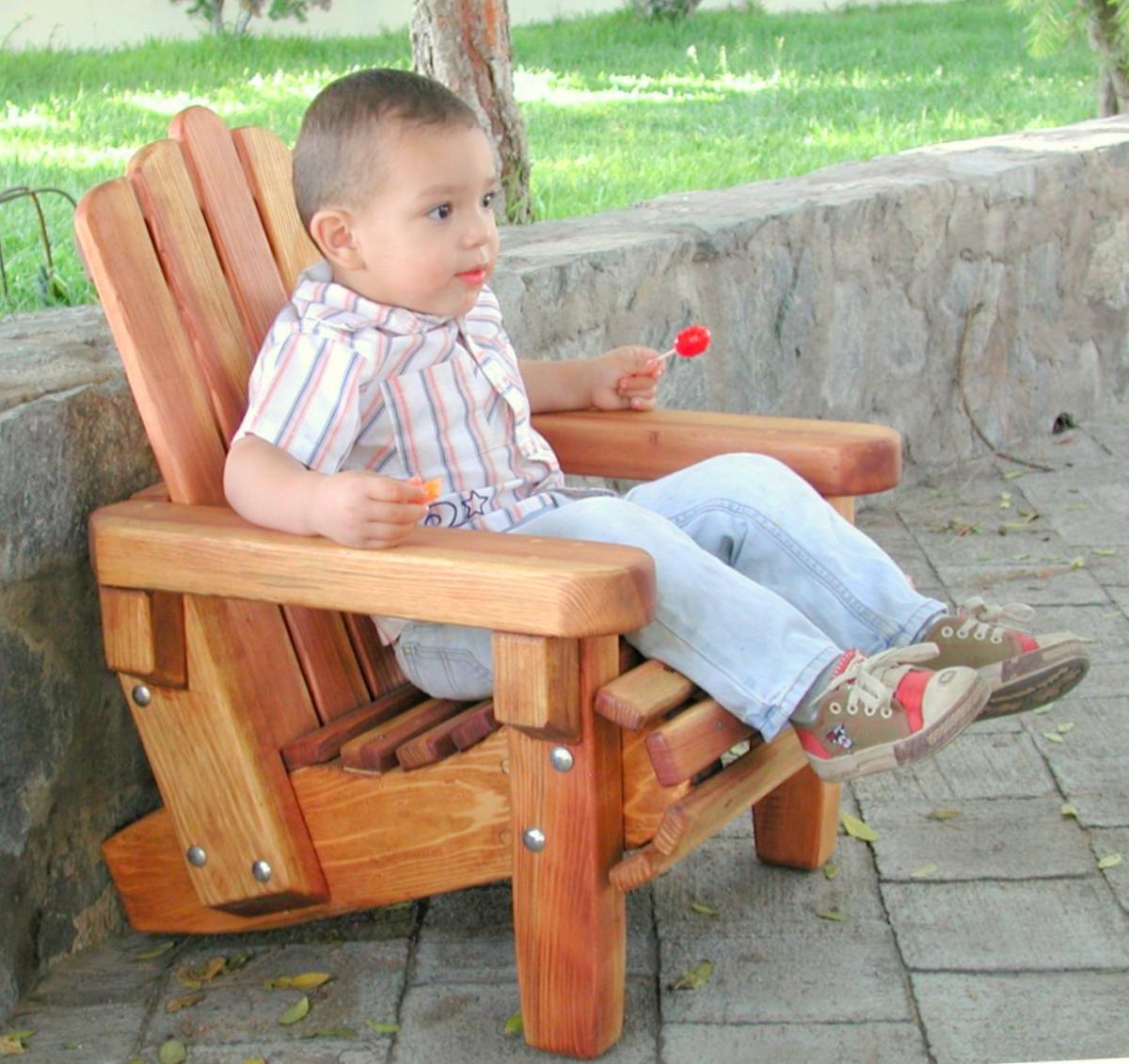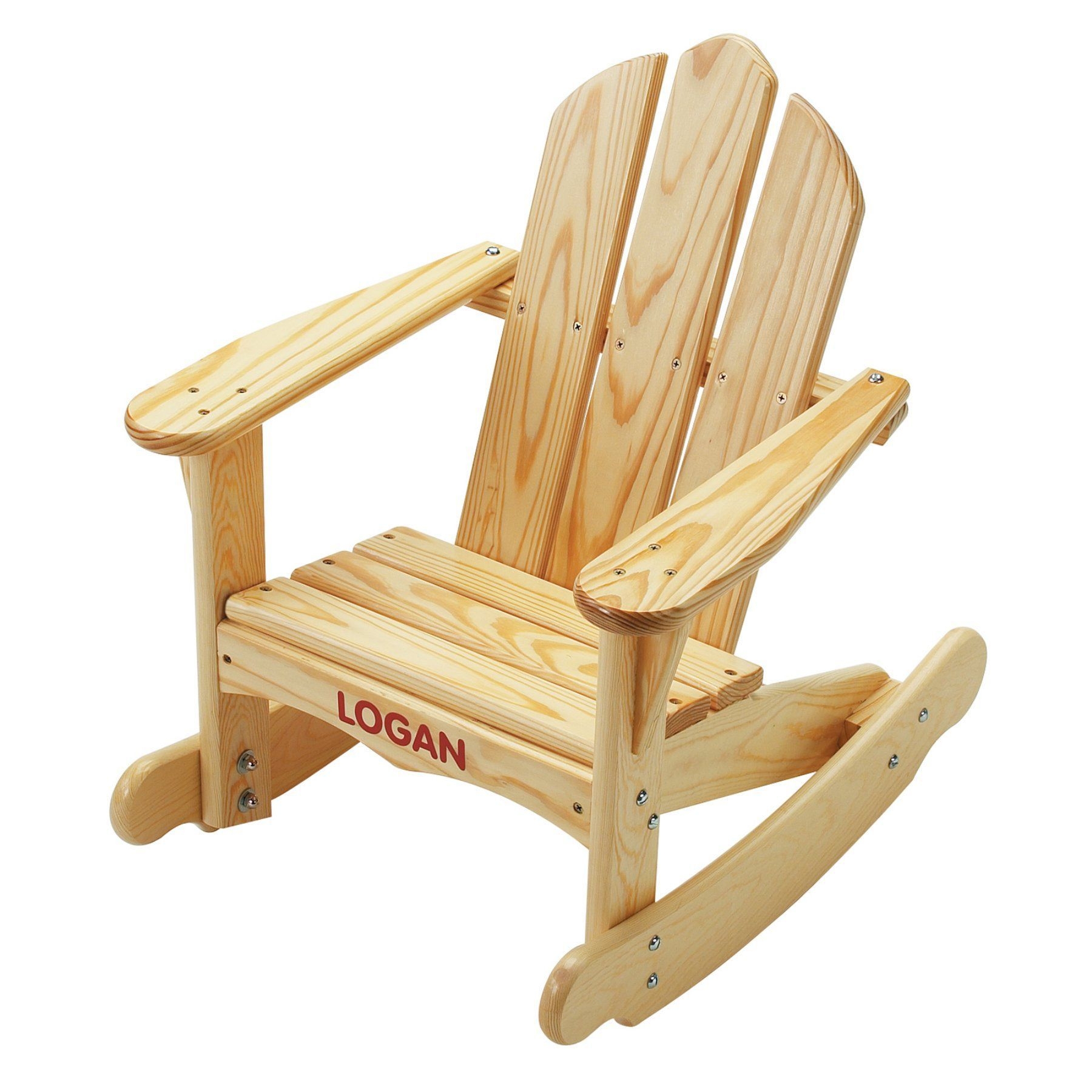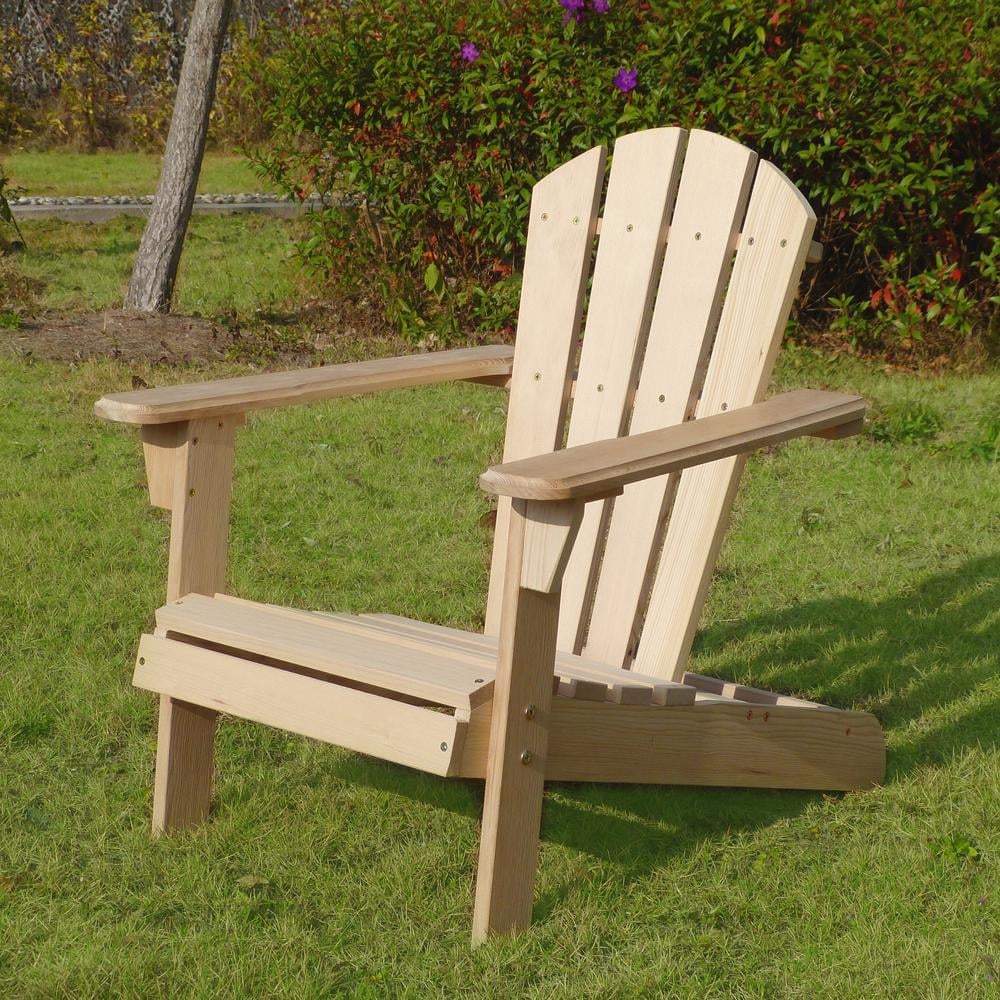The Allure of Adirondack Chairs for Kids

Adirondack chairs, with their iconic design and timeless appeal, have long been a staple of outdoor living. But did you know that these comfortable and durable chairs can also be a fantastic addition to any kid’s play area? Kid-sized Adirondack chairs offer a unique blend of comfort, durability, and style, making them perfect for children of all ages.
Comfort and Durability
The comfort of Adirondack chairs is undeniable, and kid-sized versions are no exception. Their wide, sloping seats and high backs provide excellent support for children, allowing them to relax and enjoy their outdoor time. The chairs’ sturdy construction, often made from durable materials like cedar or redwood, ensures that they can withstand the rigors of playtime.
Size and Proportions
The size and proportions of kid-sized Adirondack chairs are specifically designed to cater to children’s needs and preferences. They are smaller and lighter than adult-sized chairs, making them easy for children to move around and settle into. The chairs’ height is also adjusted to ensure that children can comfortably rest their feet on the ground.
Enhancing Outdoor Play Areas
Adirondack chairs can transform outdoor play areas into inviting and comfortable spaces for children. They provide a perfect spot for kids to relax and read a book, enjoy a snack, or simply soak up the sunshine. A set of kid-sized Adirondack chairs around a fire pit or picnic table can create a cozy and inviting gathering place for family and friends.
Choosing the Right Wood for Kids’ Adirondack Chairs

The choice of wood for your child’s Adirondack chair is paramount, impacting not only its aesthetics but also its durability and safety. While many wood types are suitable for furniture, certain qualities make some woods more suitable for kids’ chairs.
Factors to Consider When Choosing Wood
When selecting wood for a kids’ Adirondack chair, several factors must be considered to ensure a safe, durable, and aesthetically pleasing piece of furniture. These factors include:
- Durability: The wood should be strong enough to withstand the rigors of daily use, especially by active children.
- Resistance to Weathering: The chair will be exposed to the elements, so the wood should be resistant to moisture, rot, and insects.
- Aesthetic Qualities: The wood should have a pleasing appearance that complements the overall design of the chair.
- Safety: The wood should be free of splinters and sharp edges that could pose a hazard to children.
- Ease of Maintenance: The wood should be easy to clean and maintain, minimizing the amount of time and effort required to keep the chair looking its best.
- Longevity: The wood should be long-lasting, ensuring the chair will provide years of enjoyment for your child.
Types of Wood Commonly Used for Adirondack Chairs, Kids adirondack chair wood
Several wood types are commonly used for Adirondack chairs, each with its unique properties:
- Cedar: Known for its natural resistance to decay and insects, cedar is a popular choice for outdoor furniture. Its aromatic scent adds a pleasant ambiance to any outdoor space. However, cedar can be softer than other woods, making it susceptible to dents and scratches.
- Redwood: Another naturally durable wood, redwood is highly resistant to rot and insects. Its rich reddish-brown color adds warmth and elegance to outdoor spaces. Redwood is also relatively easy to work with, making it a good choice for DIY projects.
- Pine: A readily available and affordable wood, pine is known for its light color and soft texture. However, pine is not as durable as other woods and is susceptible to moisture damage.
- Teak: Highly prized for its durability, water resistance, and natural oils that protect it from decay, teak is a luxurious choice for outdoor furniture. However, teak is also one of the most expensive wood options.
- Pressure-Treated Pine: Pine treated with preservatives to enhance its resistance to rot and insects. Pressure-treated pine is an affordable and durable option, but it may not be the most aesthetically pleasing choice.
Best Wood Options for Kids’ Adirondack Chairs
Considering the factors discussed above, the best wood options for kids’ Adirondack chairs are:
- Cedar: Its natural resistance to decay and insects makes it a safe and durable option for kids’ furniture. Its light weight and softness also make it less likely to cause injury if a child falls against the chair.
- Redwood: Similar to cedar, redwood’s natural durability and resistance to weathering make it a good choice for kids’ chairs. Its warm color adds a touch of elegance to any outdoor space.
- Pressure-Treated Pine: While not the most aesthetically pleasing option, pressure-treated pine is a durable and affordable choice for kids’ furniture. Its resistance to rot and insects ensures long-lasting use.
Importance of Selecting Wood Free of Imperfections
It is crucial to select wood that is free of knots, cracks, and other imperfections that could compromise the chair’s structural integrity. Knots and cracks can weaken the wood, making it more susceptible to breakage.
Designing and Building Kids’ Adirondack Chairs: Kids Adirondack Chair Wood

Crafting a kid-sized Adirondack chair involves a thoughtful blend of design, material selection, and construction techniques. The goal is to create a sturdy, comfortable, and visually appealing chair that can withstand the rigors of outdoor use and provide years of enjoyment for little ones.
Dimensions and Proportions
Determining the right dimensions and proportions for a kids’ Adirondack chair is crucial for comfort and safety. A well-designed chair will accommodate different age groups while providing proper support and stability. The key is to scale down the dimensions of a standard adult chair, keeping the overall shape and proportions intact.
- Seat Height: For toddlers (2-4 years old), a seat height of 10-12 inches is ideal. For preschoolers (4-6 years old), the seat height can be increased to 14-16 inches. Older children (6-8 years old) will be comfortable with a seat height of 18-20 inches.
- Seat Depth: The seat depth should be adjusted to accommodate the child’s leg length. A depth of 10-12 inches is suitable for toddlers, while preschoolers and older children may require 14-16 inches.
- Backrest Height: The backrest height should be proportionate to the seat height and provide adequate support for the child’s back. A backrest height of 16-18 inches is ideal for toddlers, while preschoolers and older children may require 20-22 inches.
- Armrest Height: The armrests should be positioned at a comfortable height for the child to rest their arms. A height of 10-12 inches is suitable for toddlers, while preschoolers and older children may require 14-16 inches.
Materials Selection
The choice of wood is crucial for the durability and longevity of the chair. Hardwoods like cedar, redwood, and teak are excellent options due to their natural resistance to rot, insects, and weather. Softwoods like pine and fir can also be used, but they may require additional protection with sealant or paint.
- Cedar: Known for its durability, natural resistance to decay, and pleasant aroma. It’s a good choice for outdoor furniture as it ages gracefully and develops a silvery patina over time.
- Redwood: Similar to cedar in its durability and resistance to decay. It’s also known for its rich reddish-brown color and natural oils that repel insects.
- Teak: Highly durable and weather-resistant, with a natural oil content that makes it resistant to moisture and insects. It’s a premium choice for outdoor furniture, known for its rich golden color and longevity.
- Pine: A softer wood that’s more affordable than hardwoods. It’s a good choice for beginner woodworkers, but it may require additional protection with sealant or paint to withstand outdoor elements.
- Fir: Another softwood that’s affordable and easy to work with. Like pine, it may require additional protection with sealant or paint to resist weather damage.
Cutting and Assembly
Once the materials are selected, the next step is to cut the wood according to the chosen dimensions. A table saw, circular saw, or jigsaw can be used for accurate cuts. It’s important to use safety gear and follow proper cutting techniques to avoid injuries.
- Cutting List: Prepare a cutting list that includes the dimensions and quantities of each piece of wood required for the chair. This will help ensure that you have all the necessary components before you begin assembly.
- Joints: Use sturdy joints like mortise and tenon, pocket holes, or dowels to connect the pieces of wood. These joints provide strength and durability to the chair.
- Fasteners: Use screws or nails to secure the joints. Choose fasteners that are appropriate for the type of wood and the weight of the chair.
- Assembly: Assemble the chair according to the design plan. Start with the base and work your way up to the backrest. Use clamps to hold the pieces together while you secure them with fasteners.
Finishing
Once the chair is assembled, it’s time to finish it to protect it from the elements and enhance its appearance. Sand the wood smooth to remove any rough edges and splinters. Then, apply a sealant or paint to protect the wood from moisture, insects, and UV rays.
- Sanding: Use progressively finer grit sandpaper to smooth the wood. Start with a coarse grit sandpaper to remove any rough edges and then use finer grits to achieve a smooth finish.
- Sealant: Apply a wood sealant to protect the wood from moisture and UV rays. Sealants come in different finishes, such as matte, satin, or gloss. Choose a finish that complements the style of the chair.
- Paint: Paint the chair with a high-quality exterior paint to protect it from the elements and enhance its appearance. Choose a color that complements the outdoor setting.
Tips and Tricks
- Use pre-cut lumber: Using pre-cut lumber can save time and effort. Many lumberyards offer pre-cut lumber in standard sizes, which can be used for the chair’s components.
- Use a jig: A jig can help ensure that all the pieces of wood are cut to the same dimensions. This can help create a more consistent and professional-looking chair.
- Use a drill press: A drill press can help create accurate and consistent holes for fasteners. This can make assembly easier and more efficient.
- Use a router: A router can be used to create decorative edges and details on the chair. This can add a touch of personality and style to the chair.
- Use a paint sprayer: A paint sprayer can help apply a smooth and even coat of paint to the chair. This can help create a professional-looking finish.
Kids adirondack chair wood – Remember those adorable little Adirondack chairs you built for your kids? Well, they’re probably getting a little too big for them now, right? Maybe it’s time to upgrade to a more sophisticated look for your outdoor space. Check out these stunning contemporary garden table and chair sets that’ll make your backyard feel like a trendy resort.
And hey, maybe you can even repurpose that old kids’ Adirondack chair wood into a cool, rustic planter box. Just sayin’.
Kids Adirondack chairs are great for the little ones, but let’s be honest, sometimes you need something a bit more elegant for your patio. That’s where a blue and white spindle chair comes in, offering a touch of sophistication while still being comfortable enough for a relaxing afternoon with a good book.
But hey, if your kids are begging for a rocking chair, maybe a miniature Adirondack with their name on it is the way to go!
